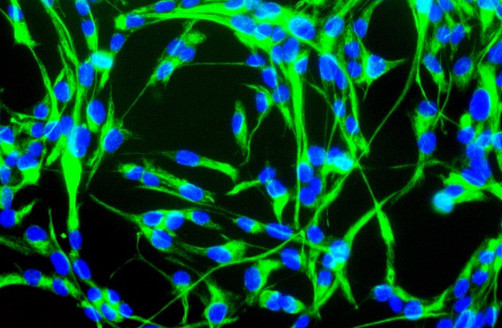Ipertermia efficace nei tumori del retto
I vantaggi della ipertermia nel trattamento dei tumori del retto
 In questo studio pubblicato sulla rivista internazionale Anticancer Research nel Novembre 2011 viene presa in considerazione la possibilità di limitare il margine di resezione nei tumori del retto dopo aver eseguito un trattamento neoadiuvante combinato con ipertermia, chemioterapia e radioterapia.
In questo studio pubblicato sulla rivista internazionale Anticancer Research nel Novembre 2011 viene presa in considerazione la possibilità di limitare il margine di resezione nei tumori del retto dopo aver eseguito un trattamento neoadiuvante combinato con ipertermia, chemioterapia e radioterapia.
I pazienti trattati con questa modalità e con la successiva escissione totale del mesoretto hanno la possibilità di eseguire una resezione distale di minore lunghezza ottenendo il medesimo risultato di una resezione più ampia. Il numero di pazienti esaminati è 93 e sono necessari ulteriori studi di più ampia dimensione numerica per la validazione.
Anticancer Res. 2011 Nov;31(11):3963-7.
Tumor response and negative distal resection margins of rectal cancer after hyperthermochemoradiation therapy.
Abstract
BACKGROUND:
The safety of regional hyperthermia has been tested in locally advanced rectal cancer. The aim of this study was to assess the effects of shorter distal margins on local control and survival in rectal cancer patients who were treated with preoperative hyperthermochemoradiation therapy (HCRT) and underwent rectal resection by using the total mesorectal excision (TME) method.
PATIENTS AND METHODS:
Ninety-three patients with rectal adenocarcinoma who received neoadjuvant HCRT (total radiation: 50 Gy) were included in this study. Surgery was performed 8 weeks after HCRT, and each resected specimen was evaluated histologically. Length of distal surgical margins, status of circumferential margins, pathological response, and tumor node metastasis stage were examined for their effects on recurrence and survival.
RESULTS:
Fifty-eight (62.4%) patients had tumor regression, and 20 (21.5%) had a pathological complete response. Distal margin length ranged from 1 to 55 mm (median, 21 mm) and did not correlate with local recurrence (p=0.57) or survival (p=0.75) by univariate analysis. Kaplan-Meier estimates of recurrence-free survival and local recurrence for the <10 mm versus ?10 mm groups were not significantly different. Positive circumferential margins and failure of tumors to respond were unfavorable factors in survival.
CONCLUSION:
Distal resection margins that are shorter than 10 mm but are not positive appear to be equivalent to longer margins in patients who undergo HCRT followed by rectal resection with TME. To improve the down-staging rate, additional studies are needed.

 RSS
RSS 




